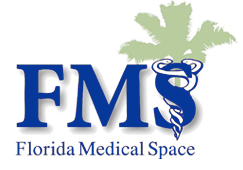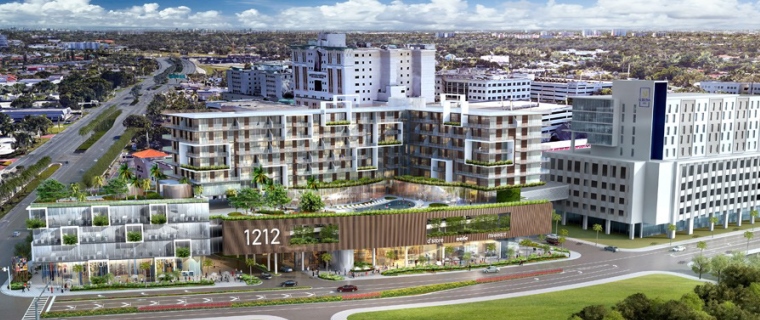Even with a potential national recession, South Florida’s office market is set for continued growth, a Colliers broker told the Business Journal.
Kim Kretowicz, senior managing director of healthcare investment sales in South Florida for Colliers International said Florida’s continued population growth has made medical office buildings an attractive sector to invest in throughout the Sunshine State, but particularly in Southeast Florida.
“The medical office sector remains attractive from both a fundamentals and performance standpoint, despite the crumbling debt market and shaky economy. Demand outweighs supply,” she said.
Overall, South Florida’s office market is among the strongest in the nation as companies inside and outside of the region hunt for quality office space that suits their needs. As a result, as of the third quarter, asking office rents have generally risen above pre-pandemic rates here though not always as fast as the rate of inflation. There’s also been a slow down in office deals due to rising interest rates and fears of a recession.
Still, medical office buildings are an asset class of their own.
“The cost to build out for medical space is easily three times more expensive than [regular] office,” Kretowicz said, adding that medical office tenants need larger elevators, and specially-designed office space and plumbing.
Yet with greater expense comes stable cash flow. Kretowicz said medical office tenants tend to stay longer than regular office tenants. They’re also a source of stable cash flow. Medical office tenants are typically charged triple net, meaning that inflationary costs like utilities, maintenance, and assessments are passed on to office tenants. In the third quarter, rents for medical office ranged from $17.30 to $37.80 a square foot, triple net, according to figures from RevistaMed, a Maryland-based medical property research company.
Available medical office space is hard to find, too, even though at 22.21 million square feet, South Florida has the 10th largest amount of inventory among 125 major metro areas, Kretowicz said. In the third quarter of 2022, the region’s medical office vacancy was 6.9%. In contrast, overall office vacancies was 8.8% in Palm Beach County, 10.3% in Miami-Dade, and 11.2% in Broward, according to recent Colliers reports.
Regional, national, and international players are also pouring more money into medical office properties.
In the third quarter, transactions involving South Florida medical office buildings climbed 155.3% from the previous year to $916.17 million – the seventh highest volume among top 125 metro U.S. markets, according to RevistaMe. Developers, meanwhile, are in the process of building another 1.87 million square feet of medical office in the tri-county region, Kretowicz said.
“Healthcare’s strong fundamentals offer reliable and consistent occupancy,” she said. “…[And] sales volume is off the charts in South Florida due to the increase in population causing never before demand for medical office buildings.”
Source: SFBJ





